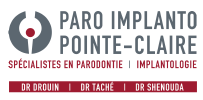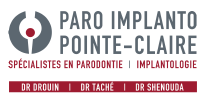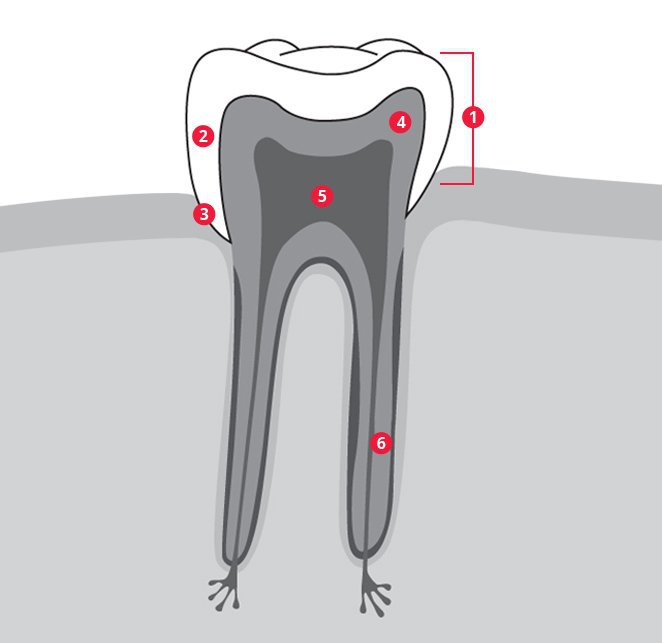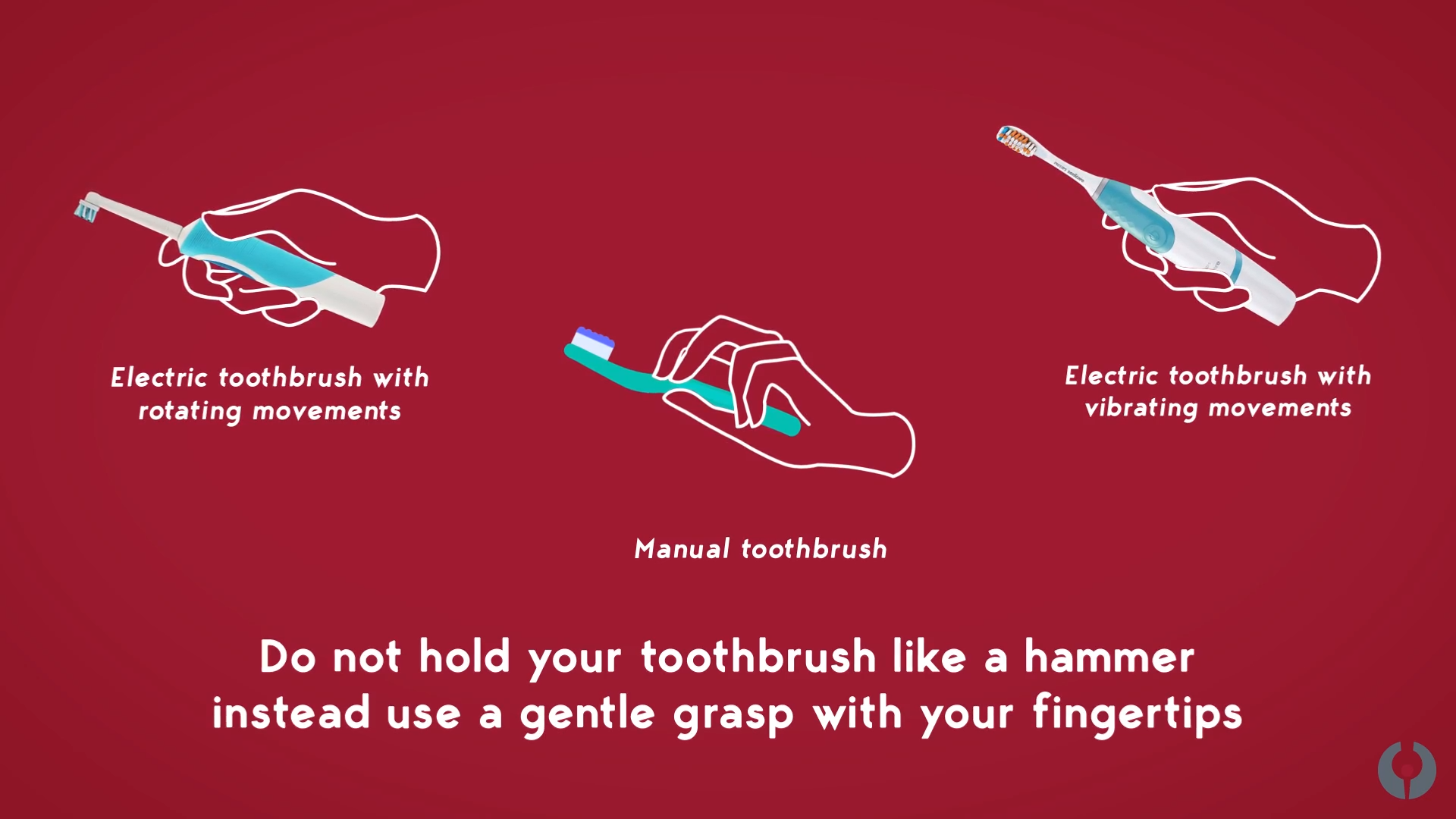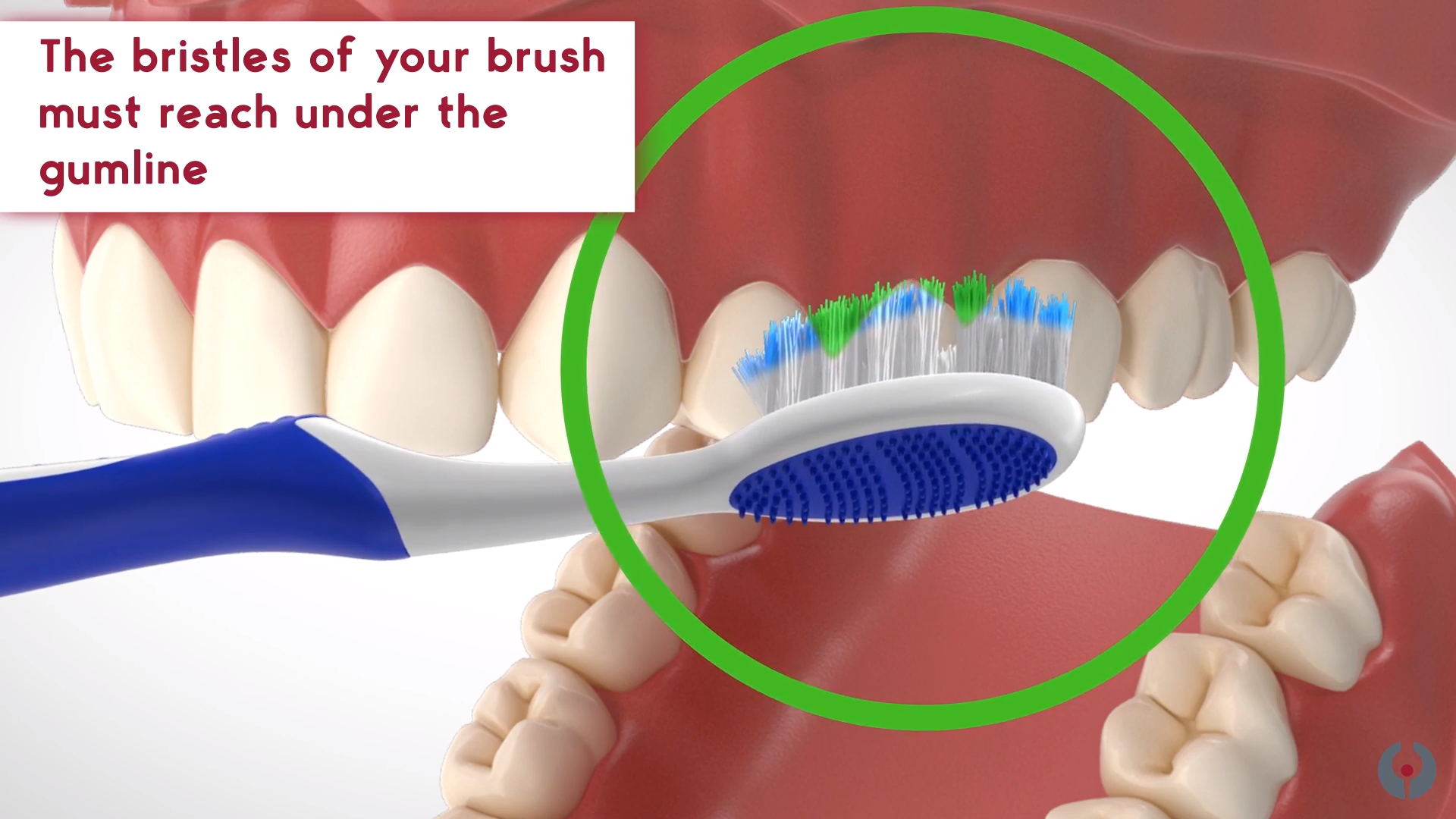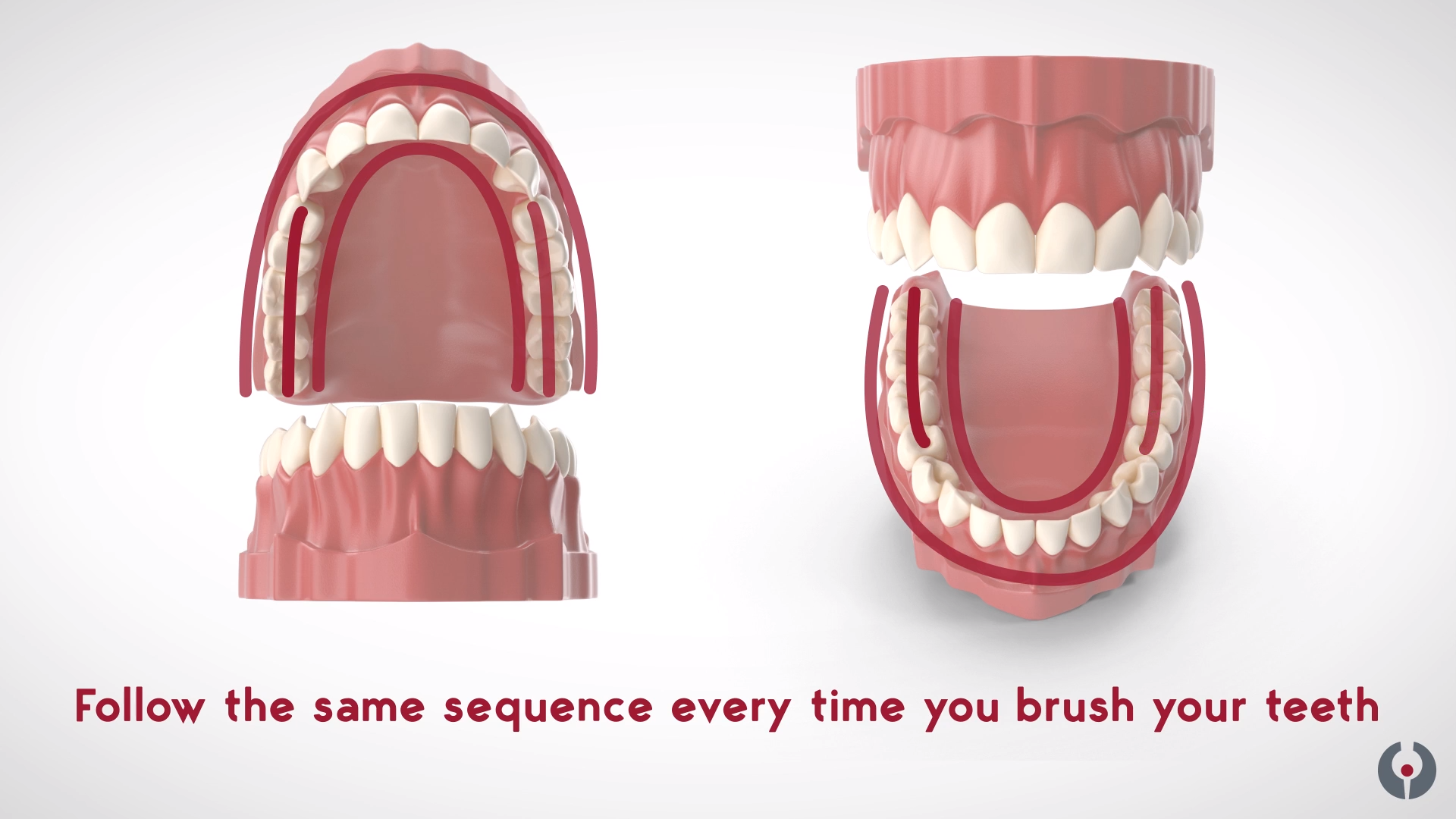When shopping for dental hygiene tools there are several types of toothbrushes, dental floss and toothpaste. As you find yourself faced with all of these possibilities, you have another choice to make; the brushing technique.
Like “cutting your vegetables”, there are several techniques, but one of them works best. Brushing is essential to the maintenance of good oral health. It must disrupt the bacterial biofilm present on all the surfaces of your teeth, but more precisely in the gingival sulcus (# 3).
Effective brushing is gentle and well positioned. Here at Paro Implanto, we think the sulcular brushing technique is the best method. It will help you to have better oral hygiene, thus avoiding decay and periodontal diseases.
There are four important elements to remember in order to properly control sulcular brushing: the grip, the angle, the sequence, and the duration.
1. The grip
It is essential to have a good grip on your toothbrush so as not to damage the gum when brushing. You should hold the brush with your fingertips, much like you would with a pencil or paint brush. In addition to protecting your gums, this technique will improve dexterity + efficiency.
2. The angle
In order to reach the gingival sulcus when brushing, it is important to keep your brush at a 45 degree angle. To do this, hold your toothbrush parallel to your teeth, with the bristles towards your gums. Then rotate your brush to a 45 degree angle and gently insert the bristles under your gums. The tip of the bristles of your brush will lodge delicately under the gum line. Once the bristles are inserted under the gum, make a small circular movement to disrupt the bacterias.
3. The sequence
It is important to follow a specific sequence when brushing. The sequence is essential because we tend to go from one region to another without focusing on efficiency and duration. Consequences: we brush certain regions (recessions, abrasions) too much and others less (plaque, tartar, gingival inflammation). You should never brush twice in the same region, and don’t forget the chewing surface.
4. The duration
One second of mechanical friction per tooth or section is sufficient in disturbing the biofilm, without causing damage. A section is defined by the tooth / teeth covered by your toothbrush bristles. It is important not to brush your teeth too long. The total duration of your brushing should not exceed 1 and a half to 2 minutes. Tip: To count the seconds, say “hippopotamus” between each number! 1 hippopotamus, 2 hippopotamus, 3 hippopotamus…
The effectiveness of your brushing is more important than the frequency of brushing. We recommend that you brush your teeth a MAXIMUM of twice per day. Do not forget to pay special attention to the grip of your toothbrush! Vigorous, frequent, and lengthy brushing increases hypersensitivity and causes recession and abrasion.
Follow the brushing steps in the following video. Enjoy!
REF
https://colorsmile.nl/csm/wp-content/uploads/the-necessarity-of-personal-dental-hygine.pdf
https://www.sop.asso.fr/admin/documents/ros/ROS0000301/Rev_Odont_Stomat_2011_40_p239-260.pdf
